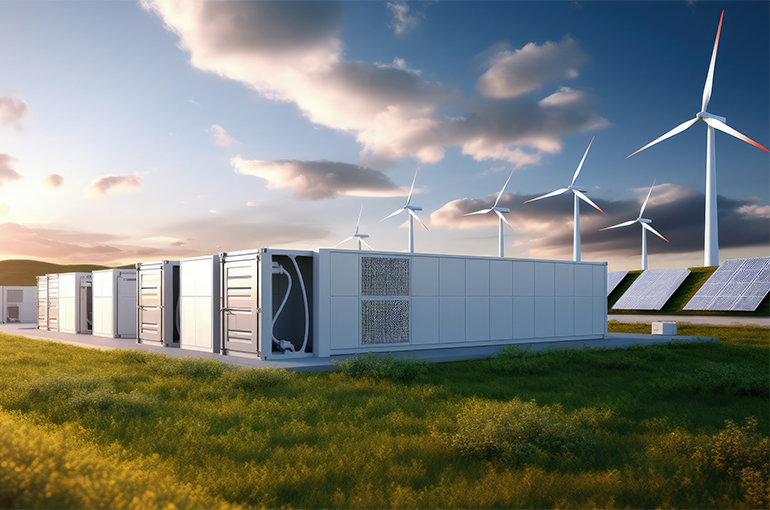 Firms in Guangdong-HK-Macao Greater Bay Area Team Up to Form Smart Power Storage Network
Firms in Guangdong-HK-Macao Greater Bay Area Team Up to Form Smart Power Storage Network(Yicai) Jan. 15 -- Seven companies based in the Guangdong-Hong Kong-Macao Greater Bay Area have joined hands to set up a new-type energy storage ecosystem in the area with new energy vehicles as a key part.
Electric carmaker GAC Group, property developers Guangzhou Yuexiu Holding, Guangzhou Pearl River Enterprises Group, Poly Developments and Holdings Group, and China Vanke's southern region division, home appliance giant Midea Group, and energy storage equipment supplier and energy storage project contractor China Southern Power Grid Technology signed a strategic partnership deal on Jan. 11.
The alliance members will give full play to their technological advantages to increase the intelligentization level of the automotive, real estate, and smart home industries while making energy use more environmentally friendly and pushing for the fusion of innovation and green transformation, according to the information released by the companies.
GAC unveiled an exemplary project for the interaction of green and smart cars with houses on Jan. 11, Yicai learned. The project includes roof-mounted photovoltaic devices charging in-house home appliances, local energy storage systems, and electric vehicles during the day. Meanwhile, the energy storage system and EV, as well as the power grid, can play the role of energy supplier by charging home appliances at night during the peak of electricity consumption, while at later night, it will be the power grid to supply cheaper electricity, while the energy storage system and EV becomes the energy receptor again.
By 2025, China will set up a technology standard system for such bi-directional charging-discharging interaction, completing 50 demonstration projects nationwide, according to a policy released earlier this month by the National Development and Reform Commission and other government agencies. With these projects, China will verify NEVs' potential as mobile electrochemical energy storage resources.
The tech standard system of vehicle-grid interaction will be basically completed by 2030, when NEVs will already be a key part of the whole electrochemical energy storage system, with a bi-directional charging-discharging interaction combine power exchange capability of 100 million megawatt.
Editors: Tang Shihua, Futura Costaglione